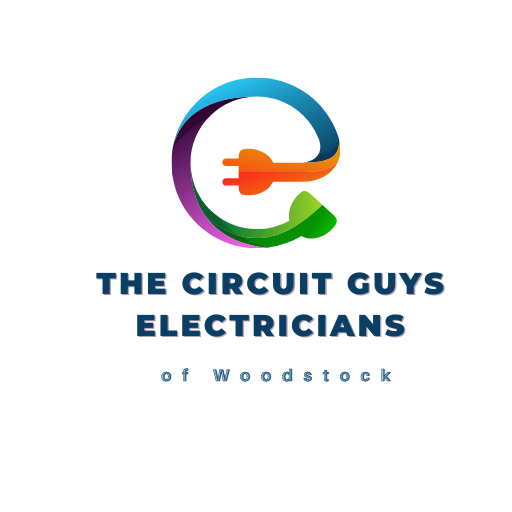An electrical fire is a scary thing, especially if you’re not sure how to put it out. Electrical fires can start anywhere in your home and grow rapidly once they begin. If you smell smoke or see flames, get everyone out of the house immediately. If you’re alone and cannot exit safely, call the fire department from a nearby phone and let them know what’s going on. If you have a fire extinguisher in your home but do not know how to use it, this article will teach you what to do in this situation. The electrical fire will destroy your property and everything in it unless you act quickly. If you have a fire, there are things you can do that may not work on other types of fires but are still important in controlling and stopping the fire’s path of destruction. The following tips will help you understand how an electrical fire starts and spread, and how to put it out. Keep reading for more information about electrical fires and what to do if one happens in your home.
What is an electrical fire?
An electrical fire is a fire that is caused by an electrical fault in your home. Electrical faults can happen for a variety of reasons, but they are usually caused by faulty wiring, faulty appliances, or faulty plugs. Electrical fires are often caused by an electrical fault in a light fixture or an appliance, such as a hair dryer or a curling iron. Electrical fires can start anywhere in your home, but most commonly happen in the kitchen, living room, or bedrooms. Electrical fires can start almost instantly, or they can build slowly over time. Electrical fires often start because of faulty wiring, overloaded electrical devices, or faulty appliances. Electrical fires are very dangerous and need to be put out immediately. Electrical fires can burn very quickly and spread quickly, so you need to act quickly.
What causes an electrical fire?
There are many different ways that an electrical fire can start. Most electrical fires are caused by faulty wiring, faulty appliances, or faulty plugs. Faulty appliances can cause electrical fires if they are not correctly plugged in. Appliances that are plugged in but that do not have a protective plug will cause an electrical fire. Appliances that are plugged in but do not have a plug are often hair dryers, curling irons, or toasters. These appliances are called “plug-in appliances.” Appliances that have a plug but do not have a protective plug are called “plug-and-play appliances.” Appliances that do not have a plug at all, such as a coffee maker, are also “plug-and-play appliances.” Faulty appliances that are plugged in can cause an electrical fire because they are not plugged in correctly. Faulty appliances that are plugged in but do not have a protective plug can cause an electrical fire because they are overloaded. Overloaded appliances will cause an electrical fire because they are not designed to be plugged in and used for long periods of time.
How do you know if you have an electrical fire?
An electrical fire will often smell like smoke, or you may see flames. You may also smell an electrical smell, such as a burnt rubber smell. If you smell smoke or see flames, get everyone out of the house immediately. If you are alone and cannot exit safely, call the fire department from a nearby phone and let them know what is going on. If you have a fire extinguisher in your home but do not know how to use it, this article will teach you what to do in this situation. Electrical fires are very dangerous and need to be put out immediately. Electrical fires can burn very quickly and spread quickly, so you need to act quickly.
How to put out an electrical fire
If you have a fire extinguisher in your home and know how to use it, this is one of the best ways to put out an electrical fire. Electrical fires can be put out by spraying the fire with water. The water will put out the fire by depriving it of oxygen. You can also put out an electrical fire by covering the fire with dirt or sand. The dirt or sand will smother the fire by blocking the oxygen needed to keep the fire burning. If you do not have a fire extinguisher, you can also cover the fire with wet towels or blankets. This will put out the fire by depriving it of oxygen.
Conclusion
An electrical fire can happen anywhere in your home. If you smell smoke or see flames, get everyone out of the house immediately. If you are alone and cannot exit safely, call the fire department from a nearby phone and let them know what is going on. If you have a fire extinguisher in your home but do not know how to use it, this article will teach you what to do in this situation. The electrical fire will destroy your property and everything in it unless you act quickly. If you have a fire, there are things you can do that may not work on other types of fires but are still important in controlling and stopping the fire’s path of destruction. The following tips will help you understand how an electrical fire starts and spread, and how to put it out. Keep reading for more information about electrical fires and what to do if one happens in your home.
